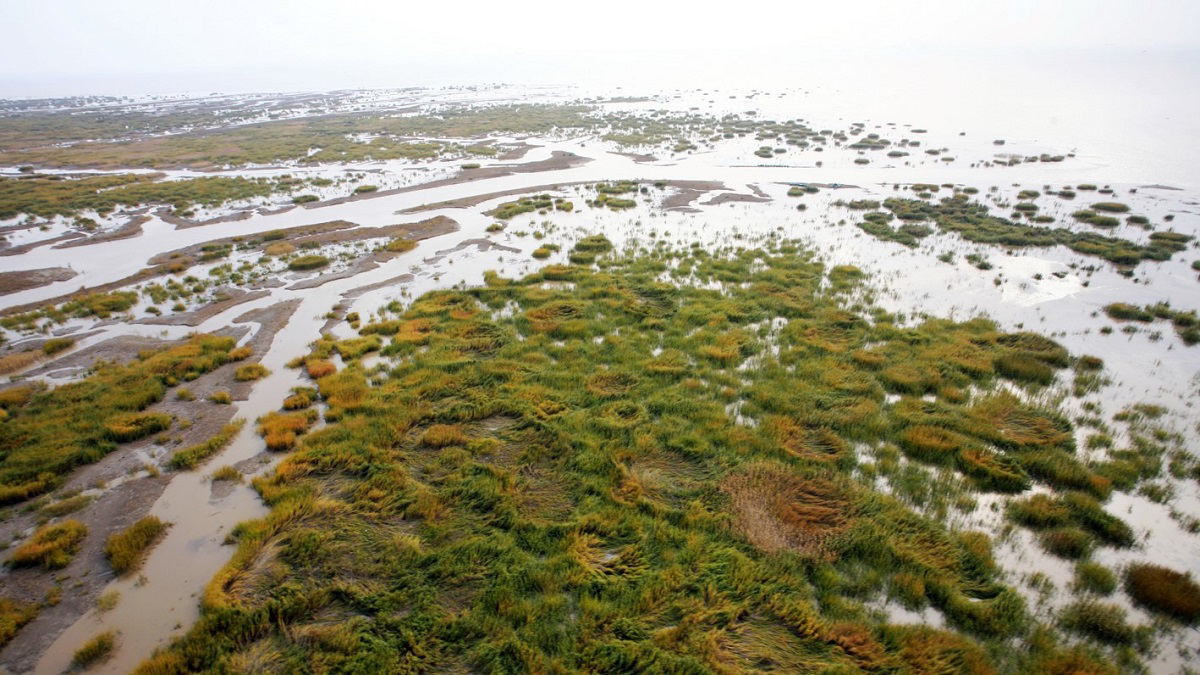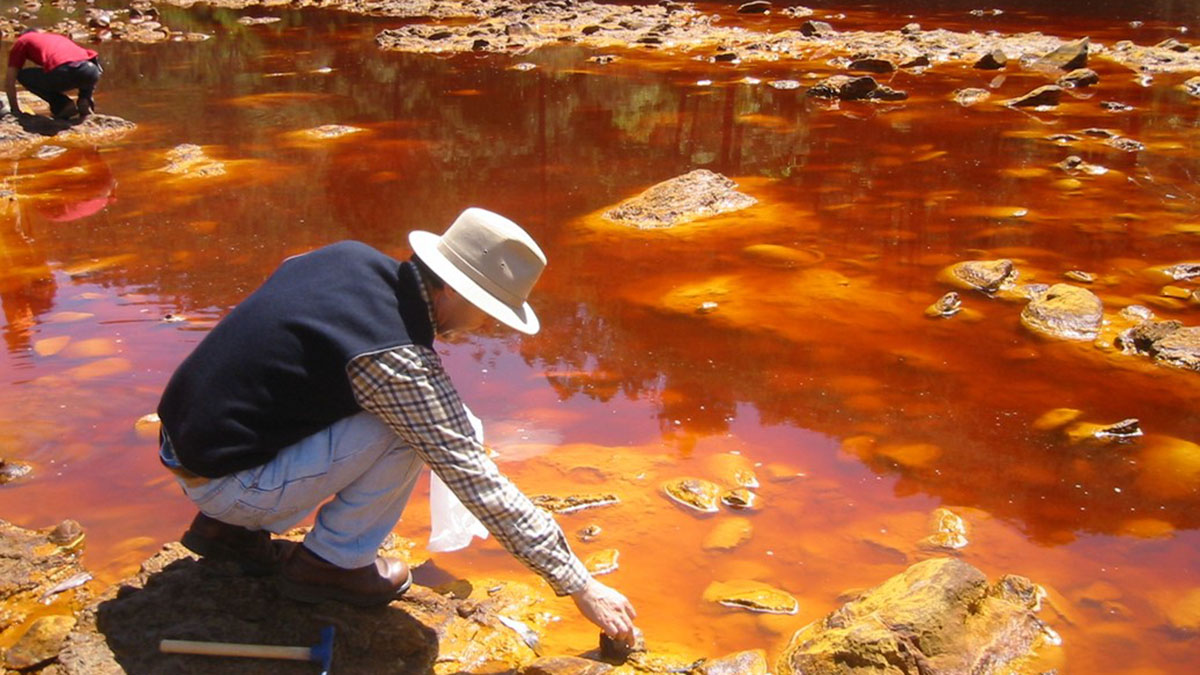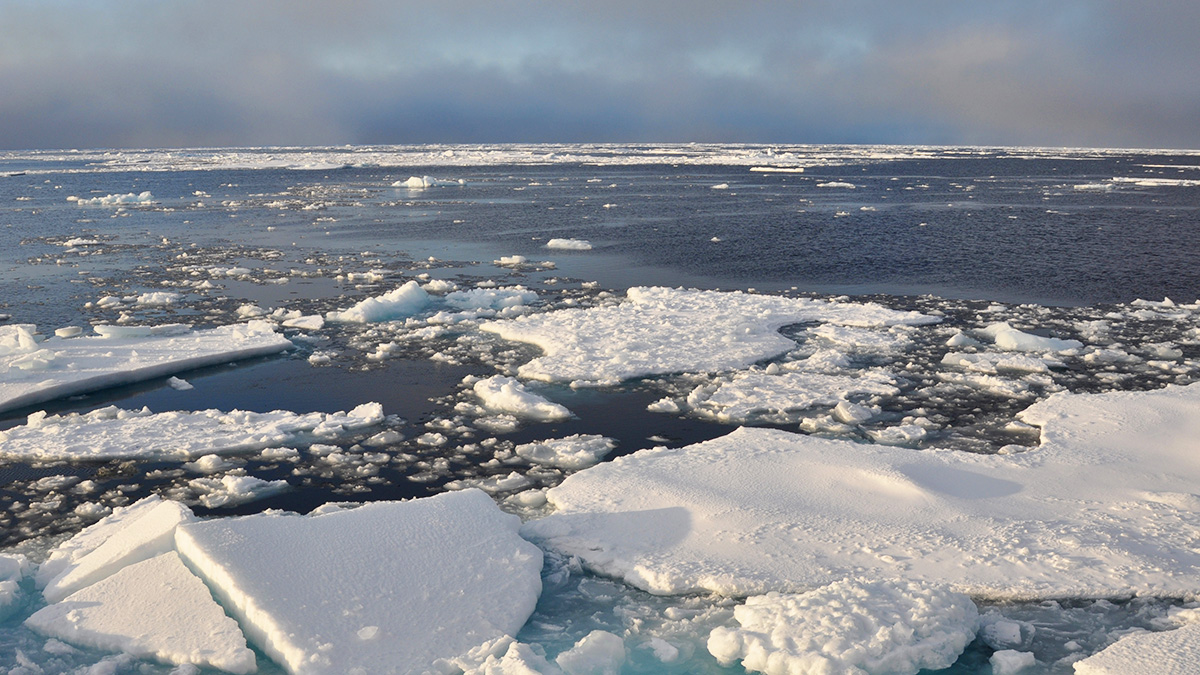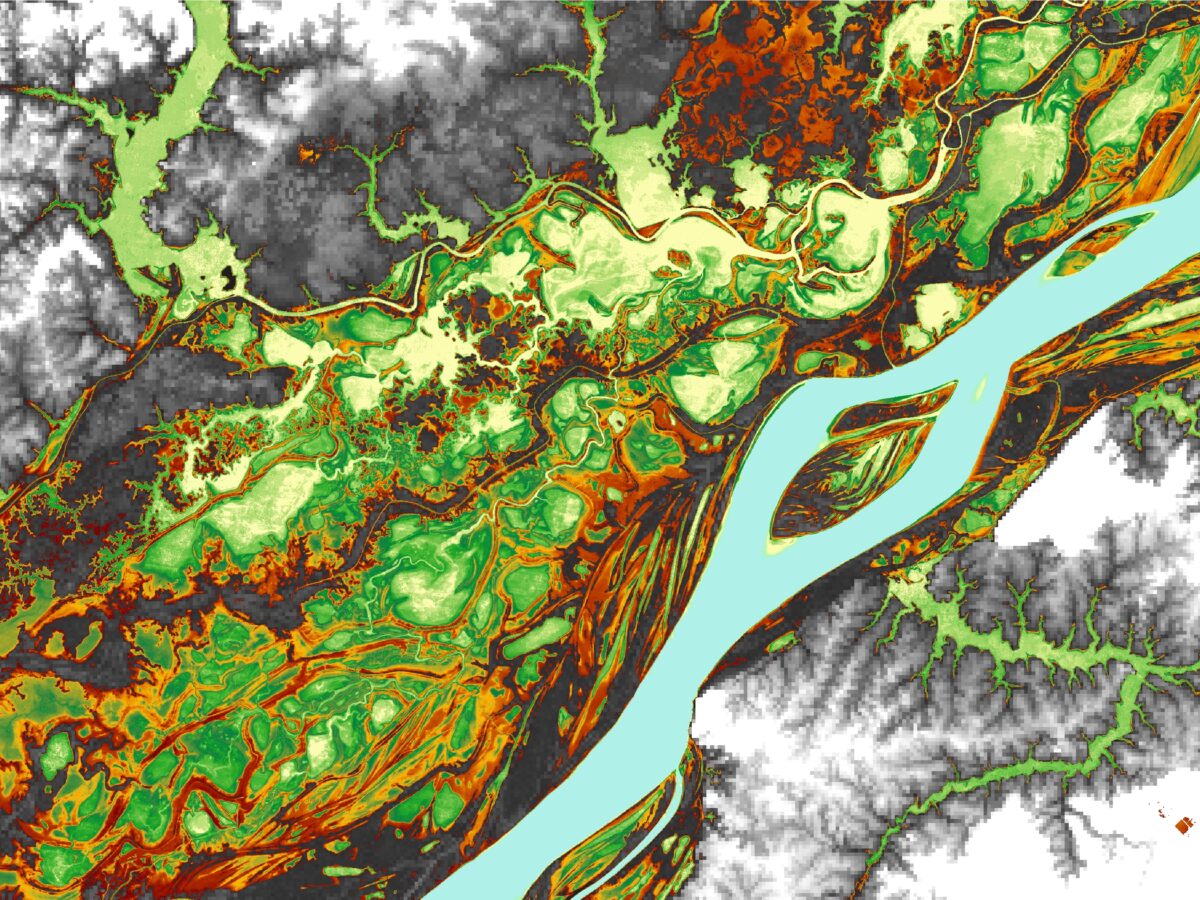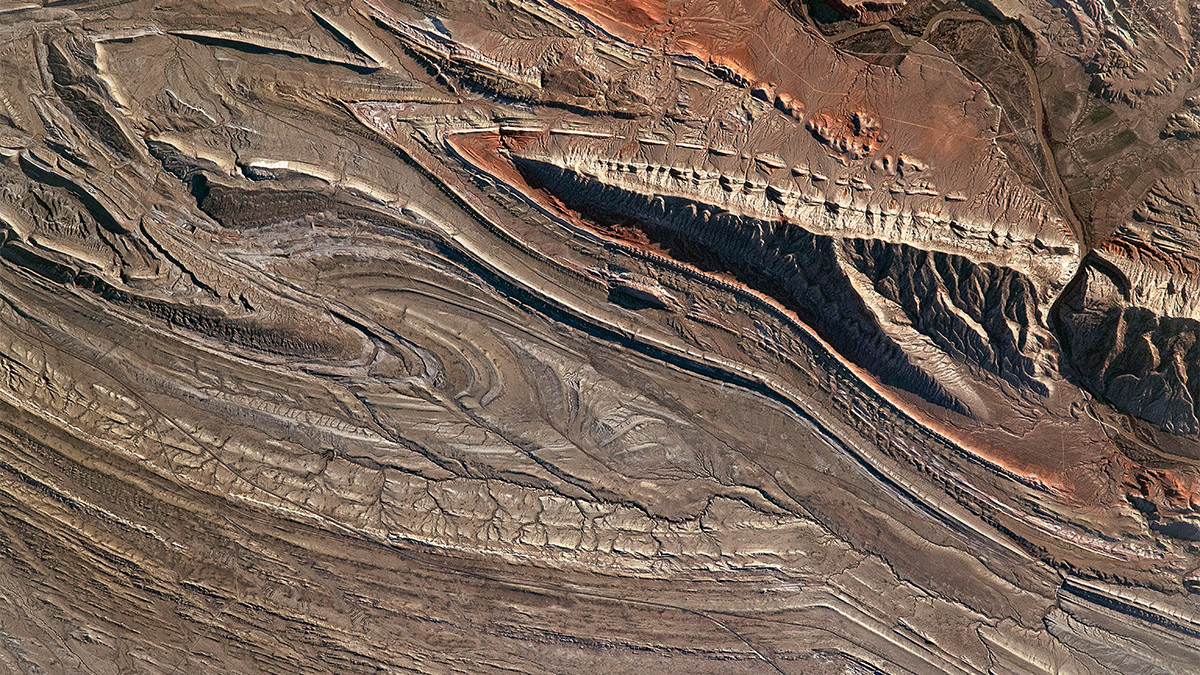The prediction of flow and transport in fractured rock is one of the great challenges in the Earth and energy sciences with far-reaching economic and environmental impacts.
Reviews of Geophysics
Understanding the Importance of Salt Marshes
Hydrological processes affect plant ecology and the biogeochemical exchange between salt marshes and the sea.
Modeling Forest-Atmosphere Exchange
Studying the interactions between the atmosphere and forests is a key component of understanding forest ecosystems and the interplay between our atmosphere and the living world.
Using Hematite to Decipher Past Climates and Environments
The magnetic and color properties of the mineral hematite give clues to past environmental conditions and is being used for paleoclimatic reconstruction.
Tracking Heat Gains and Losses in the Nordic Seas
The Nordic Seas experience influxes of warm water and losses of heat to the atmosphere with knock-on effects on sea ice, glacier retreat, and carbon dioxide uptake.
Amazon Water Cycle Observed from Space
Satellite observations offer invaluable insights into hydrological processes and environmental change in the Amazon.
The Perspective from Space Unlocks the Amazon Water Cycle
Satellite imaging and remote sensing offer unique insights into the Amazon’s complex hydrology. A new review summarizes decades of findings and charts a path forward for new remote sensing missions.
New Insights into Terrestrial Ecosystems Through Reanalysis
Reanalysis data, already used to understand terrestrial processes on the physical land surface, the carbon cycle, and the hydrologic cycle, is now being applied to terrestrial ecosystems.
Understanding Abrupt Climate Change in the Late Quaternary
During the late Quaternary period, a series of abrupt climate changes in the tropics and sub-tropics driven by changes in ocean circulation were both dramatic and disruptive.
The Birth, Growth, and Death of Continents
There are various explanations for how the Earth’s continents form, develop, and change but challenges remain in fully understanding the driving forces behind plate tectonics on our planet.


